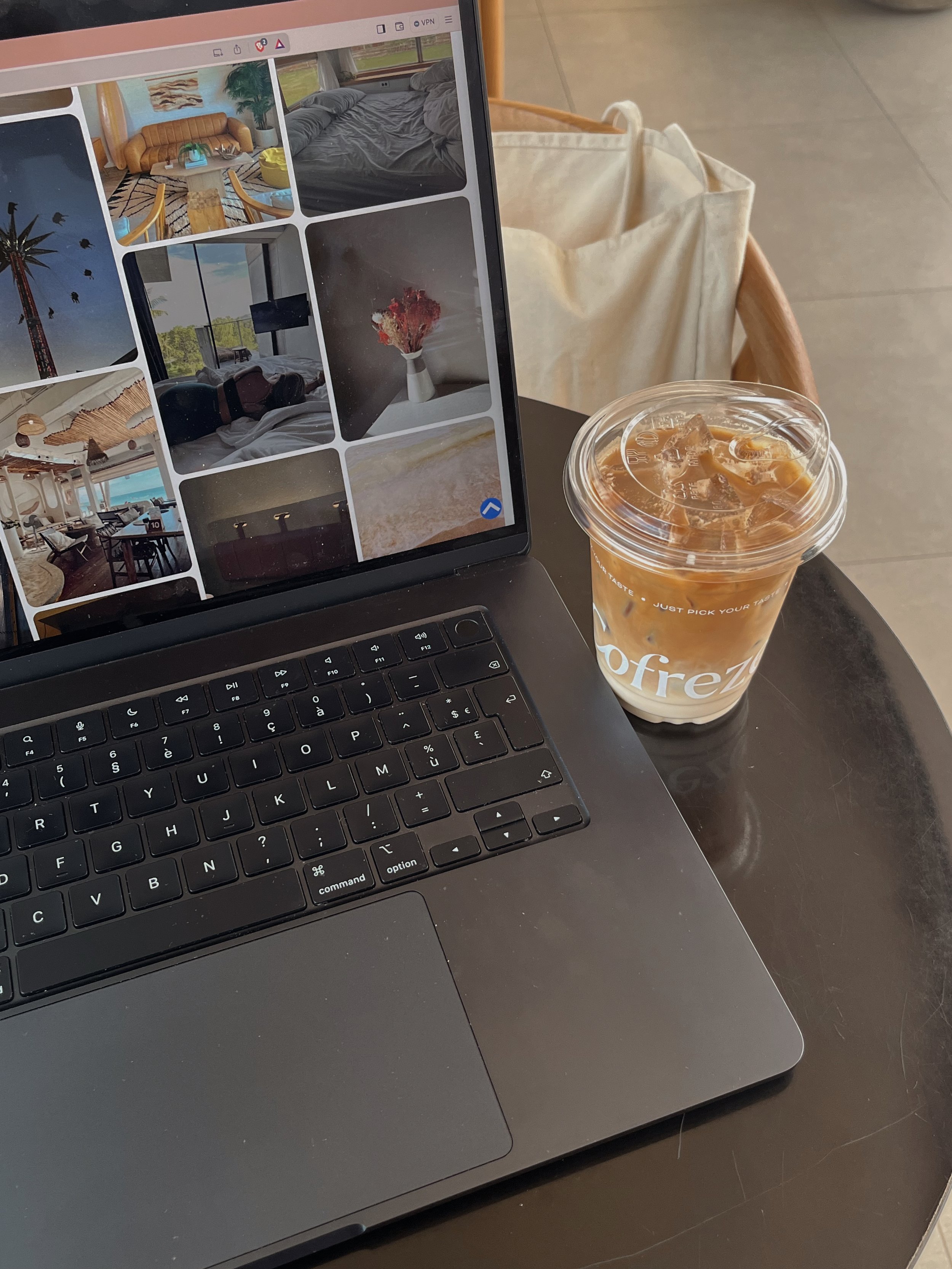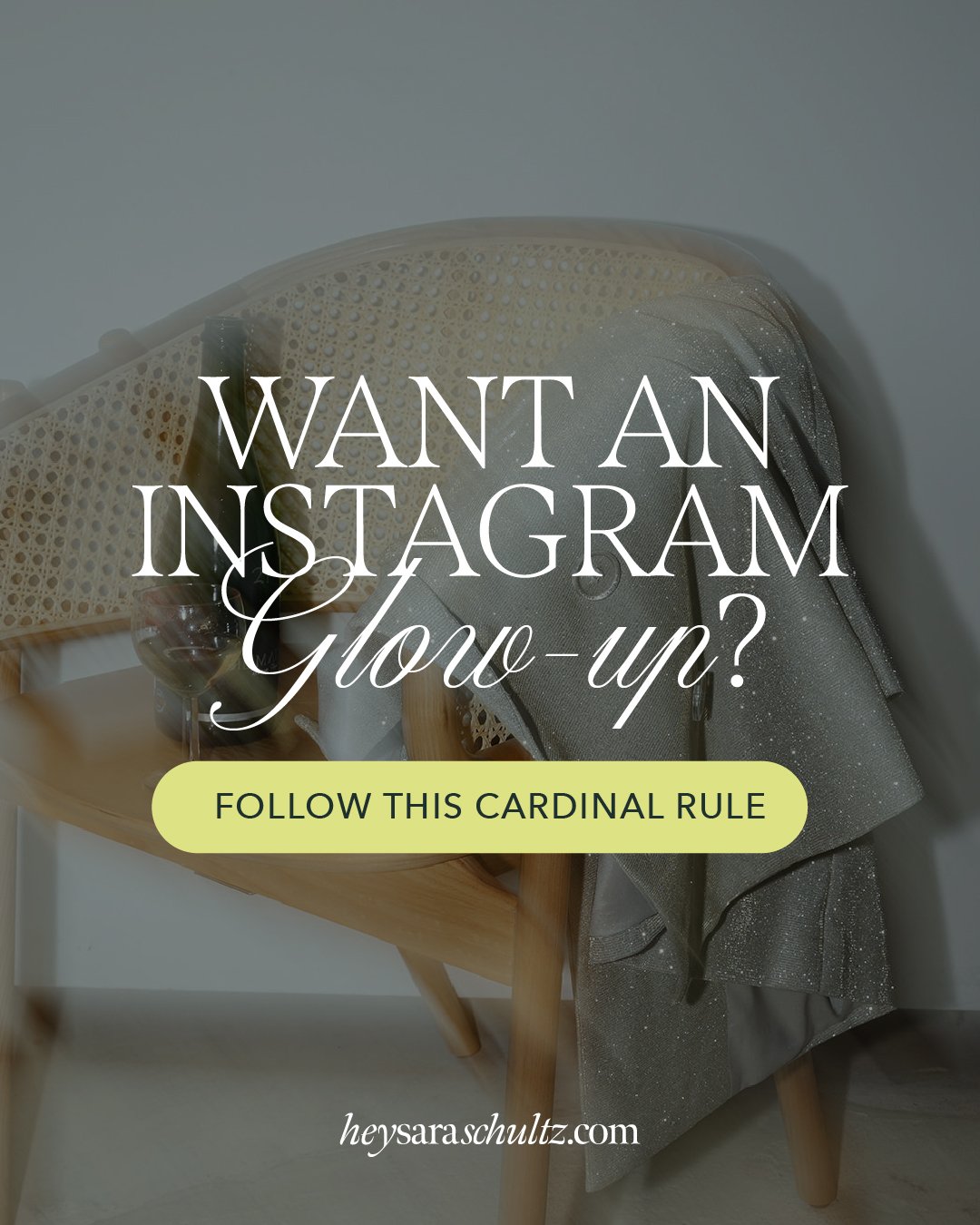How to Choose a Color Palette for Your Brand
WHEN IT COMES TO A BRAND, A KILLER COLOR PALETTE CAN MAKE ALL THE DIFFERENCE. So, what does it take to choose brand colors that are truly memorable? Let’s dive in.
If someone asked you (it's me, I'm asking you!) to list the colors of IKEA, Target, Starbucks, Best Buy, Home Depot, UPS, and Amazon, could you get them right?
Brand colors matter, hugely, and can make a deep impression on consumers and clients if chosen correctly. The colors of your brand color palette are important for recognizability and can actually impact whether or not people trust your brand, too.
So, have you ever wondered how to best choose brand colors for your business? If so, you've come to the right place! I'm here to share a few personal insights from my experience as a brand identity designer to help you understand a bit more about colors and color palettes.
FIRST, A BIT ABOUT COLOR THEORY AND THE DESIGN PRINCIPLES
If we look at the color wheel (yes, like elementary school art class!), we know the three primary colors: Red, yellow, and blue. When we combine those together, we get the secondary colors: Orange, purple, and green. When we combine those, we get tertiary colors like red-orange, yellow-orange, yellow-green, blue-green, blue-violet, and red-violet.
In addition to the color basics, you need to know a few essential design terms here to make choosing brand colors easier: tint, shade, and tone. A tint is created when a pure color is mixed with white, a shade is created when a pure color is mixed with black, and a tone is created when a pure color is mixed with grey, or black and white.
So, if red was our pure color, a tint (red + white) would be pink, a shade (red + black) would be maroon, and a tone (red + white + black) would be a dusty rose.
Without getting too psycho-analytical here, it's a known truth that humans prefer balance and harmony in all things visual. Heck, those are two of the seven principles of design!
So, when you choose brand colors from the color wheel for a palette, it's essential to pick ones that are visually balanced to each other.
A DIFFERENT TYPE OF 'TONE'
Once upon a time, way back in my high school days (Okay, 2016, so not that long ago…), I had a Spanish teacher who insisted on grading every assignment in red pen. On our weekly quizzes, she would mark every answer, whether correct or incorrect, with a comment, circle, or checkmark.
Upon first glance at my returned homework, my heart almost always skipped a beat when I saw how much red writing there was on the page - but it wasn't always bad. In the context of school, it was safe to assume that red meant "wrong" and that all those marks meant I had certainly failed the quiz.
Most people know, based on innate human experience, that different colors give off different vibes. In a medical context, red typically means "emergency" or "blood"; in a food context, it could mean "spicy" or "hot". The color green is often associated with "go" in a driving context, but could also be seen as a positive sign of a healthy balance in a bank account.
When choosing brand colors, it's important to consider the context you're designing for and the tone of your brand. Is it essential that your business appears trustworthy? Maybe blue is for you. Do you want people to know that you're the world's biggest optimist? Maybe yellow then!
However, while you should consider the associations that come with colors, there are no set-in-stone rules.
THE TYPES OF COLOR PALETTES to consider when you choose brand colors
Now that we've talked about the color basics and their associations, I should also mention the types of brand color palettes that exist. There are six types of color palettes, and all are equally effective in a design context.
These include: Monochromatic, complementary, split complementary, analogous, triadic, and tetradic. I don't want to bore you with the nitty-gritty details, so I recommend a Google search to learn more if you're interested.
As I mentioned earlier, humans prefer visual balance and harmony whenever possible. Because of this, a complementary color palette is always a winner. A complementary color combination is created when two colors directly across the color wheel are combined, such as blue and orange, red and green, purple and yellow, and so-on. These colors, when paired together, provide contrast to each other while still being visually harmonious.
Getting Down to Business: How to Choose Brand Colors
Okay, enough detail talk - it's time to actually create the color palette! I've listed a few steps below that will help you get your killer color palette in no-time.
1.PICK YOUR PRIMARY BRAND COLOR or COLORS
Here is where you consider the context of your business and brand. What is the tone of your brand? What message are you trying to send to viewers? When you've considered these, choose one or two colors that best exemplify your message.
2. CHOOSE YOUR SECONDARY BRAND COLORS
Choose your secondary brand colors based on your primary brand colors by identifying the type of palette you have created.
In step 1, did you choose a complementary color palette like blue and orange? Together, those colors are bright and have a lot of contrast. You might consider a darker blue, a light grey, and a charcoal grey for your secondary colors. This will let your primary colors shine without the palette getting too busy.
Did you choose an analogous color palette, or all one-color with different tints? Let's say you want your brand's main color to be blue. You might choose an orange or yellow as an accent color to be used occasionally to provide some contrast or interest for your secondary colors.
3. CONSIDER THE ASSOCIATIONS between your brand colors
Did you choose some killer colors, but the palette just screams "Christmas"? That's okay, there are some fixes for that!
Consider taking one of the colors in your palette and changing the hue. If I have a lime-green, I might add more blue to it to make it more kelly-green, thereby shifting the palette's overall look.
By changing the color slightly, you can make sure that you aren't sending an unintended message about who you are or what your brand stands for. Unless, of course, that's what you want!
4. SQUINT YOUR EYES
No, for real! When we back away from our screen or chair, we get a better sense of the colors' overall combinations together. So, when you’re working to choose brand colors, step away from that desk and close your eyes just a little.
Does a color in your palette stand out more than the others? If so, add some white or black to it. Do the colors hurt your eyes when placed next to each other? Change the hue of one of the colors. A winning business color palette is pleasing to look at and shouldn't require any extra visual effort.
5. TEST OUT THE COLORS IN A SITUATIONAL CONTEXT
Are you going to be printing ads in these colors? Put them together on a sheet and print them out to see how they look together. This could make or break your palette and illuminate some changes that need to be made. Are you going to be designing a website? Look at them on the screen and see how they feel.
6. ASK, ASK, ASK!
You don’t need to choose brand colors alone! Now that you've gotten your palette, ask your best friend or co-worker what they think. Even if you've spent your whole day on it, it's essential to get others' feedback because they might see something we don't.
It's better to get this information before spending money on expensive brand assets vs waiting until after getting charged to find out that your palette shouts "2005 Halloween Costume Store".
In addition to these main steps, here are a few tips from me as a designer.
Avoid trendy business color palettes. While it may feel “in right now”, it will eventually be out. If you’re really dying for a certain vibe when you choose brand colors, you can use it. But try to choose colors that work nicely together and that will last longer than the current trend.
Try not to copy competitors or similar brands to yours. This one seems obvious, right? Well, I wouldn’t open a coffee shop using a dark-green circle logo if I didn’t want to have someone saying “This is Starbucks, right?”.
Don’t take your palette completely out of context. Although it’s good to create some visual diversity from every other business in your field, you don’t want to mix it up too much when you choose brand colors to the point where it makes people uncomfortable.
For example, in healthcare it is common to see a blue or green. If a hospital used yellow and orange as their main brand colors, I might be a little nervous about what kind of care I would receive there.
Try not to overthink it. There are technically infinite colors on the color wheel, but in reality, it’s hard to be completely original when creating a color palette, and that’s OKAY! If your palette looks sorta like one that was created already, roll with it!
There are some excellent tools out there to help you design your scheme, such as Adobe Color (my favorite): https://color.adobe.com/en/create/color-wheel.
You can also find pre-created brand color palettes, endless information about color theory, perception, and strategies on the ~great interwebs~. This is only the beginning!
Ready to Choose Brand Colors?
So, you got all that? You can create a winning brand color palette, with a little trial and error, that will set an awesome foundation for your next project or brand.
Color is a fantastic tool that can influence moods, affect impressions, and change minds. Using it to your advantage is a total no-brainer!
Keeping all of these things in mind, it's important to also remember what Michael Scott said best: K.I.S.S. Keep it simple, stupid!
Want to learn more about how to take your DIY branding to the next level? Check out my brand.ing online branding coaching program. You’ll get expert lessons on everything from color theory and typography to how to use your brand assets to grow your business.











